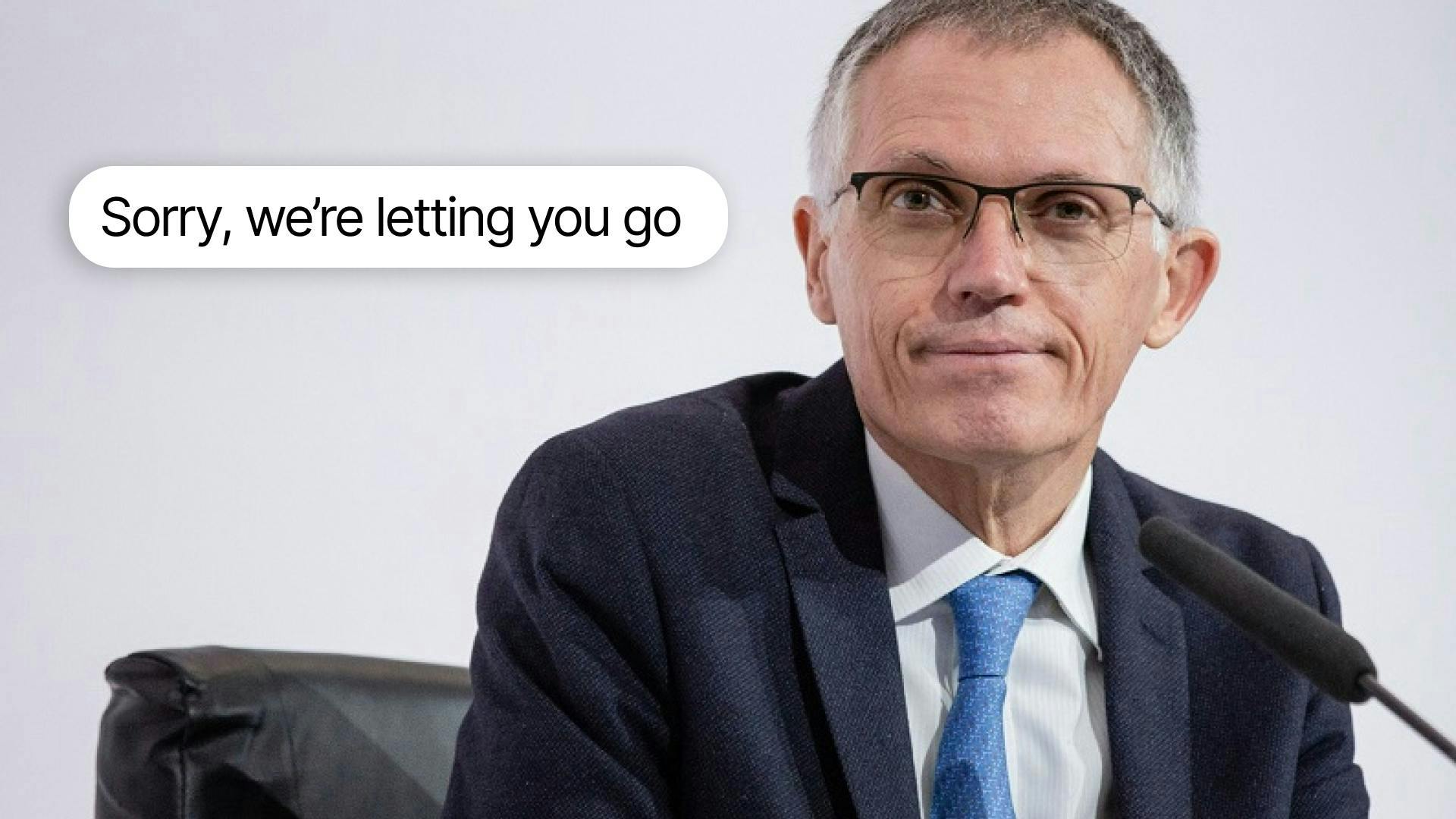Impact of Industry Shift
The layoffs, effective March 31, represent about 2% of Stellantis' global workforce in these key areas. The company cites the need to improve efficiency and optimize cost structures amidst unprecedented uncertainties and heightened competitive pressures in the auto industry worldwide.
CEO Carlos Tavares has emphasized the financial challenges associated with EV production. He noted that EVs cost about 40% more to manufacture than traditional gasoline-powered vehicles. Stellantis aims to reduce costs to make EVs more affordable for the middle class while focusing on maintaining a competitive edge in the EV market.
Stellantis' EV Strategy
Despite workforce reductions, Stellantis remains committed to its EV product offensive. The company plans to launch 18 new electric vehicles this year, with eight targeted for the North American market, representing a 60% increase in its global EV offerings.
However, Tavares emphasizes that the job is not complete until EV prices align with those of combustion engine vehicles. He highlights the competitive threat posed by Chinese manufacturers, who can offer lower-priced EVs due to reduced labor costs.
Strategic Vision
Stellantis' layoffs are part of its broader strategic plan, known as "Dare Forward 2030," aimed at doubling revenue to $335 billion by 2030. These measures are intended to realign resources while preserving critical skills necessary for success in the evolving automotive landscape.
Stellantis' actions reflect broader industry trends as automakers grapple with the transition to electric vehicles. Rivals such as Ford and General Motors have also implemented workforce reductions in response to market challenges and the shift towards EVs.
As Stellantis adapts to the demands of the evolving automotive market, it faces both opportunities and challenges in realizing its vision for the future of mobility.




